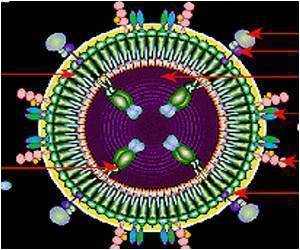identified causal genetic links to three blood metabolite levels that increase migraine risk.
Metabolites are substances made or used when the body breaks down food, drugs, or chemicals during metabolism. The three blood metabolites levels involved are:
Lower levels of DHA, an omega-3 known to reduce inflammation
Higher levels of LPE(20:4), a chemical that blocks an anti-inflammatory molecule
Lower levels of a third, currently uncharacterized metabolite, named X-11315.
Variations in blood levels of metabolites can be due to diet, lifestyle, and genetics, but they are easy to measure and may be modified using diet planning and supplementation.
People with migraines had higher levels of shorter-length fatty acids except for docosahexaenoic acid (DHA), a very-long-chain omega-3 that protects against migraine.
Fatty acids are made up of more complex lipids that help with cell signaling, cell membrane composition, and gene expression, influencing the disease risk.
Lower levels of DHA are associated with inflammation, cardiovascular and brain disorders, such as depression, which is all linked to migraine risk.
Whereas LPE(20:4) was a chemical compound that blocked the production of an anti-inflammatory molecule called anandamide. If the production of anandamide is controlled, it can reduce inflammation and prevent migraine.
The lower blood levels of a third metabolite named X-11315 also increased the risk of migraine, and that characterizing was an area of future research.
These genetic links could be targeted by future research and clinical trials to develop and test compounds that influenced metabolite levels and prevent migraine.
Source: Medindia



